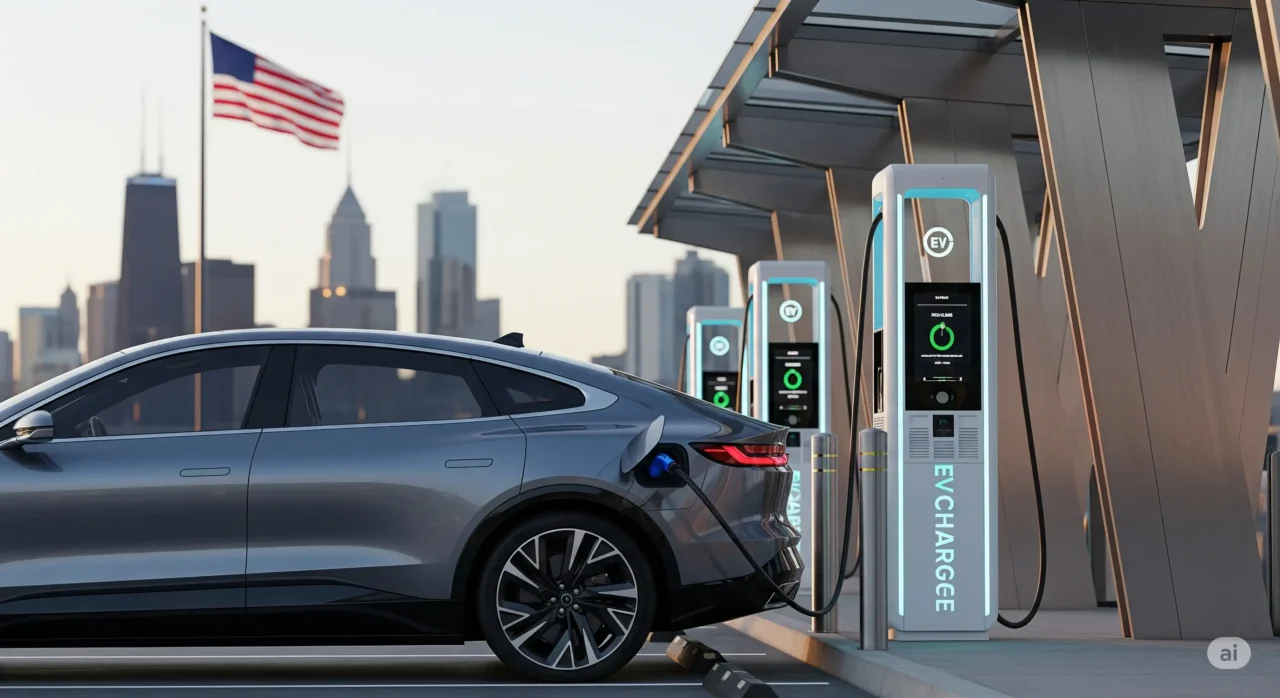If you’ve been eyeing an electric car, 2025 is a pivotal year. Qualifying buyers can still get up to $7,500 off new EVs at the point of sale and up to $4,000 off qualifying used EVs. But there’s a catch: federal EV tax credits under Sections 30D (new) and 25E (used) end for vehicles acquired after September 30, 2025, unless changed by future legislation. That makes timing, eligibility, and model selection more important than ever.
What’s new (and urgent) in 2025
- Deadline: Credits for new (30D) and used (25E) clean vehicles are scheduled to end for vehicles acquired after September 30, 2025.
- Point-of-sale discount: You can transfer the credit to a registered dealer to reduce the price immediately at purchase.
- Battery sourcing rules: The “foreign entity of concern” restriction expanded in 2025 to critical minerals, so some models gained or lost eligibility during the year.
- Final rules: Treasury/IRS finalized regulations in May 2025, clarifying transfer-at-sale, dealer registration, and documentation.
Eligibility checklist (quick scan)
- Income limits (modified AGI): up to $150,000 single, $225,000 head-of-household, $300,000 married filing jointly.
- Vehicle price caps (MSRP): up to $55,000 for cars; up to $80,000 for SUVs, pickups, and vans.
Final assembly: must be in North America (for 30D). - Battery criteria: vehicles can qualify for $3,750 for meeting the critical-minerals requirement, $3,750 for battery-component requirement (max $7,500 if both are met).
- Dealer step: buy from a dealer registered with the IRS energy credits program; they must file a time-of-sale report promptly.
How to claim at the dealership (point-of-sale)
- Confirm eligibility: Ask the dealer to verify the model/VIN meets 30D rules today (lists change).
- Verify your situation: Confirm your income limit and that the vehicle’s MSRP fits the cap.
- Transfer the credit: Elect to transfer the credit to the dealer; they reduce your amount due by the eligible credit.
- Get documentation: Leave with the accepted seller report and records of the transfer. Keep everything for tax time.
Stacking incentives to save more
Federal credits can often be combined with state and utility rebates. Many states offer $1,000–$4,500 additional incentives; some utilities offer $200–$1,000 for home charger installation. Stacking these with the point-of-sale credit can meaningfully lower your out-the-door price. Always check your ZIP-code rebates before you visit the showroom.
Real-world savings example
Sticker price: $41,000 compact SUV EV
Federal credit: −$7,500 (if the model meets both content rules)
State rebate: −$2,000 (varies by state)
Utility rebate (charger): −$500
Effective cost basis: ~$31,000 before considering lower fueling and maintenance costs. Your results will vary by model and location.
Which EVs qualify right now?
Eligibility evolves as manufacturers update supply chains and as rules change. Use the official IRS and DOE resources (and your dealer’s VIN check) on the day you buy. Many mainstream models have qualified at points during 2025, but always confirm the exact trim and build you’re purchasing.
Leasing vs. buying in 2025
Leasing has sometimes allowed dealers to pass along a separate commercial clean-vehicle credit as a discount. Note that the law also sunsets that commercial credit after September 30, 2025. If you’re comparing lease vs. buy this year, ask the dealer exactly what incentive is being applied and whether it’s reflected in the monthly payment or cap cost.
FAQ
Do I still get the EV credit instantly at the dealership in 2025?
Yes—if you buy from a registered dealer and your vehicle and income meet the rules, you can transfer the credit at purchase to reduce what you pay.
What’s the exact deadline?
Credits end for vehicles acquired after September 30, 2025 (new and used clean vehicle credits). If you’re targeting the credit, plan to finalize the purchase before that date.
What are the income limits and price caps again?
Income: up to $150k single, $225k head-of-household, $300k married filing jointly. MSRP caps: up to $55k for cars; up to $80k for SUVs, pickups, and vans.
How do I know if a specific trim qualifies?
Ask the dealer to run a VIN eligibility check and cross-check the IRS/DOE lists the week you buy. Battery sourcing rules can change eligibility mid-year.
Can I stack federal, state, and utility incentives?
Often, yes. Federal credits can combine with many state programs and utility rebates, but terms vary. Confirm stacking rules for your state.




